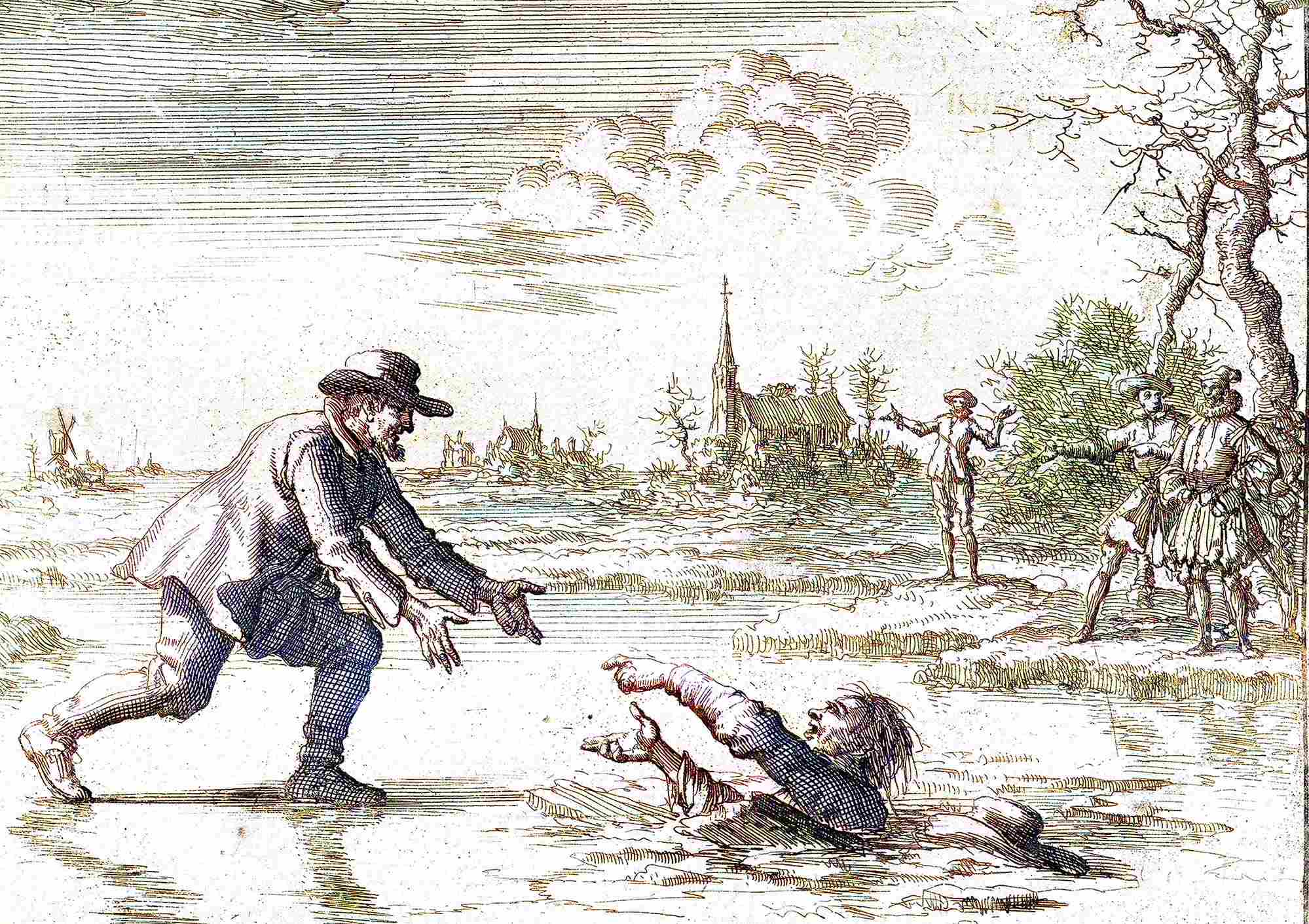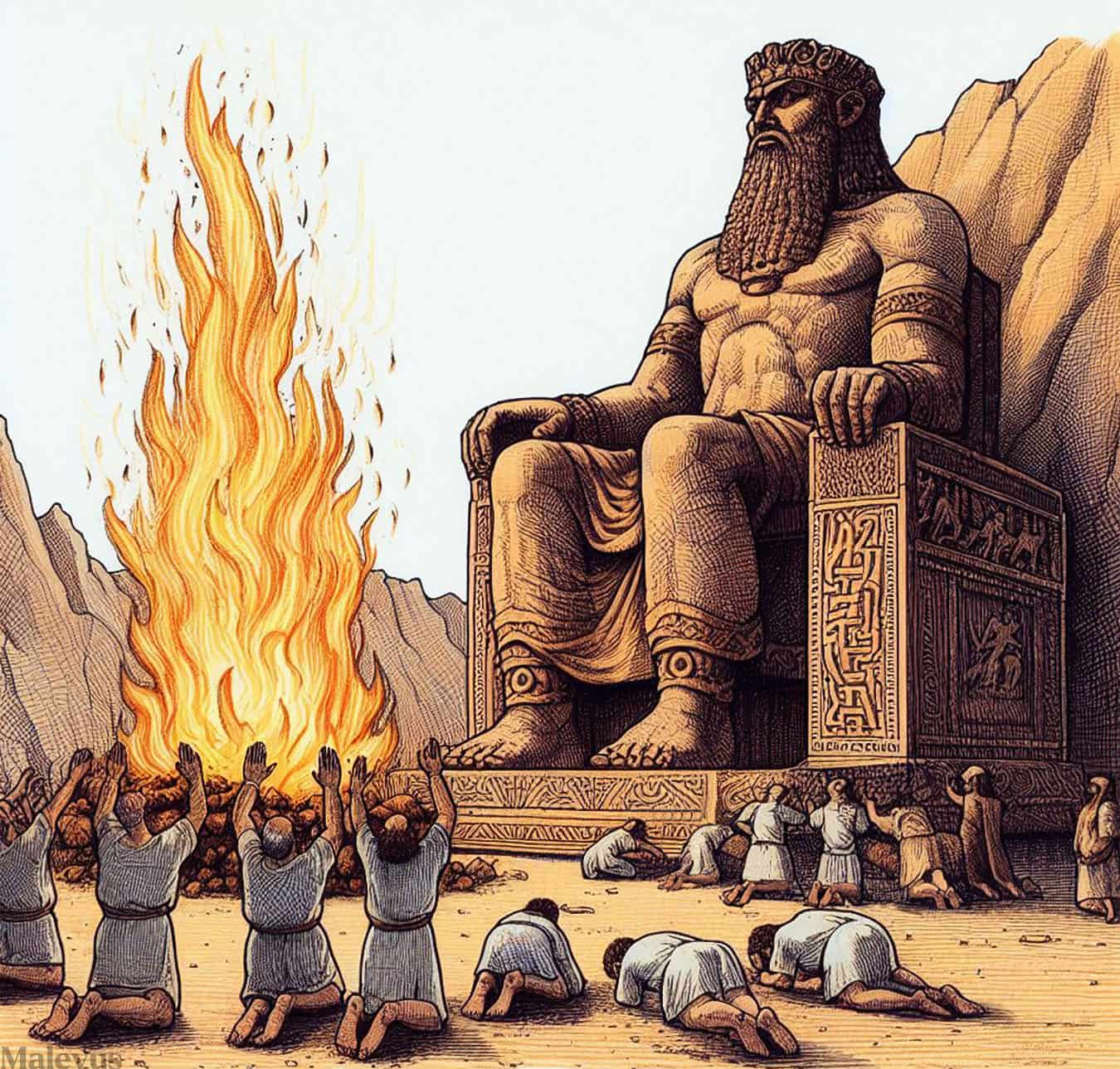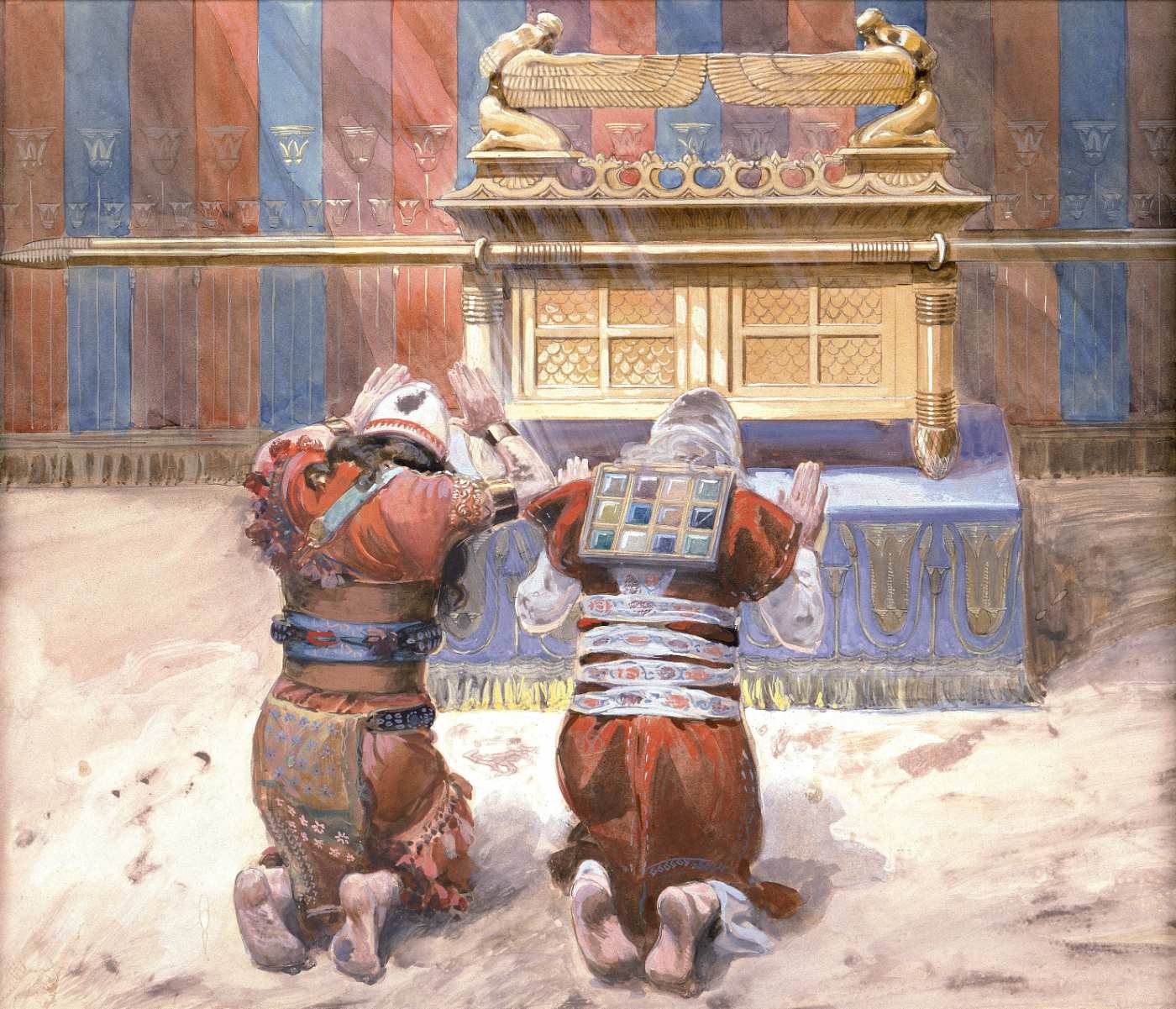Dirk Willems (d. 1569) was a Christian historical figure who represented the power of faith but also compassion. A Dutch Anabaptist from the 16th century, Willems gained notoriety for a heroic and unselfish deed that exemplified the beliefs of people who rejected religious orthodoxy. Dirk Willems became famous for a daring escape from prison in 1569 and a selfless gesture that ultimately led to his arrest, torture, and death as a martyr for his beliefs. He is featured in The Martyrs Mirror, a Dutch book that tells the stories of 4,000 Christian martyrs.
The Early Life of Dirk Willems
A native of Asperen, Dirk Willems joined the Anabaptist movement as a young man in Rotterdam. This meant opposing the practice of child baptism common among Catholics and established Protestants at the time.
However, he was arrested in 1569 when the Roman Catholic Church in the Netherlands condemned him for various heresies, including his persistent commitment to his new religion and the baptism of other people in his house.
Captivity and Breakout
After facing severe persecution from the papists, Dirk Willems was put into a mansion-prison. However, one morning, a rag rope let Willems, who had been locked up in jail, get out of his cell. This ingenious device let him scale the walls and cross the frozen moat to freedom. He evaded capture by a jail officer by skillfully navigating over Hondegat, a frozen pond. This pond went down as much as 30 feet (9 m).
The limited jail food had made Dirk noticeably lighter than a normal person and thus allowed him to move on the thin ice. However, his pursuer fell through and started drowning while yelling for help. As Dirk Willems was about to become a free man, his compassionate nature compelled him to halt and rescue his prisoner, yet this action insured that Dirk would be recaptured and eventually executed.
The pursuer had intended to let Dirk Willems go, but the burgomaster forced him to take him back.
Death Sentence and Public Execution
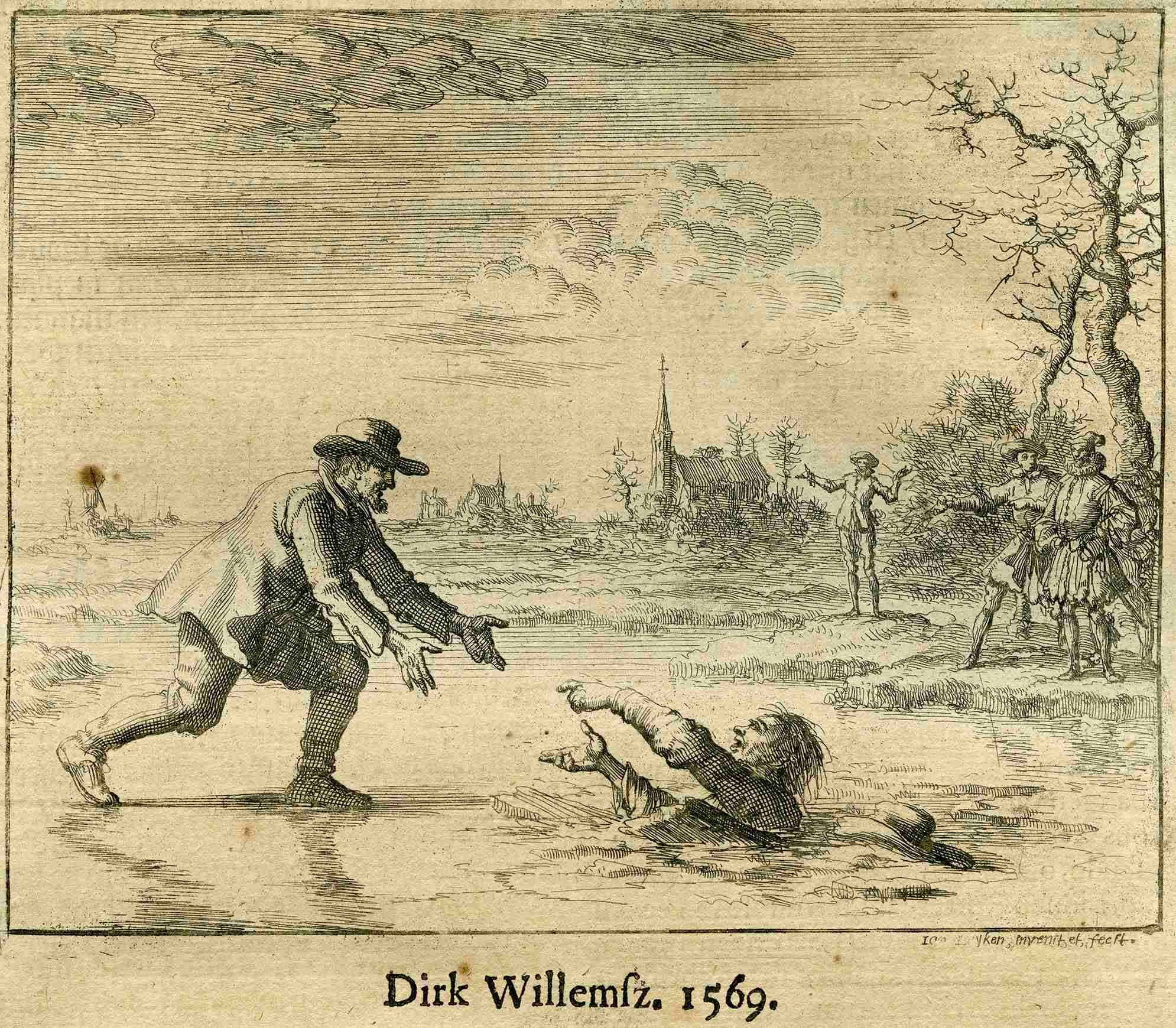
The authorities now decided to change his jail, locking him up in a tiny, strongly locked chamber at the top of a very tall church tower. The wooden leg stocks that likely restrained him at the time are still in the tower today. Soon he was being carried outside to be burned alive.
A panel of seven judges later criticized Dirk Willems for being too dogmatic in his convictions and found him guilty. On May 16, 1569, he was branded an obstinate and condemned to burning, with his property confiscated for the benefit of the monarch, Philip II of Spain (1527–1598).
It took four days for Dirk to be put to death by fire. The execution took place near Asperen, where the direction of the wind compounded his suffering by keeping the flames away from his upper body for a longer period of time. Dirk’s death was more agonizing than it otherwise would have been because of the smoke that the wind was blowing away.
According to eyewitnesses, Dirk Willems’ cries echoed for miles. The sound of his calls for aid reverberated all the way to neighboring Leerdam. A nearby mounted bailiff (a legal officer) became so moved by Willems’ plight that he pleaded for an immediate end to his suffering. Willems ultimately gave in, showing heroic resolve as he committed his soul without knowing whether or not his prayer had been heard.
Long-Lasting Impact
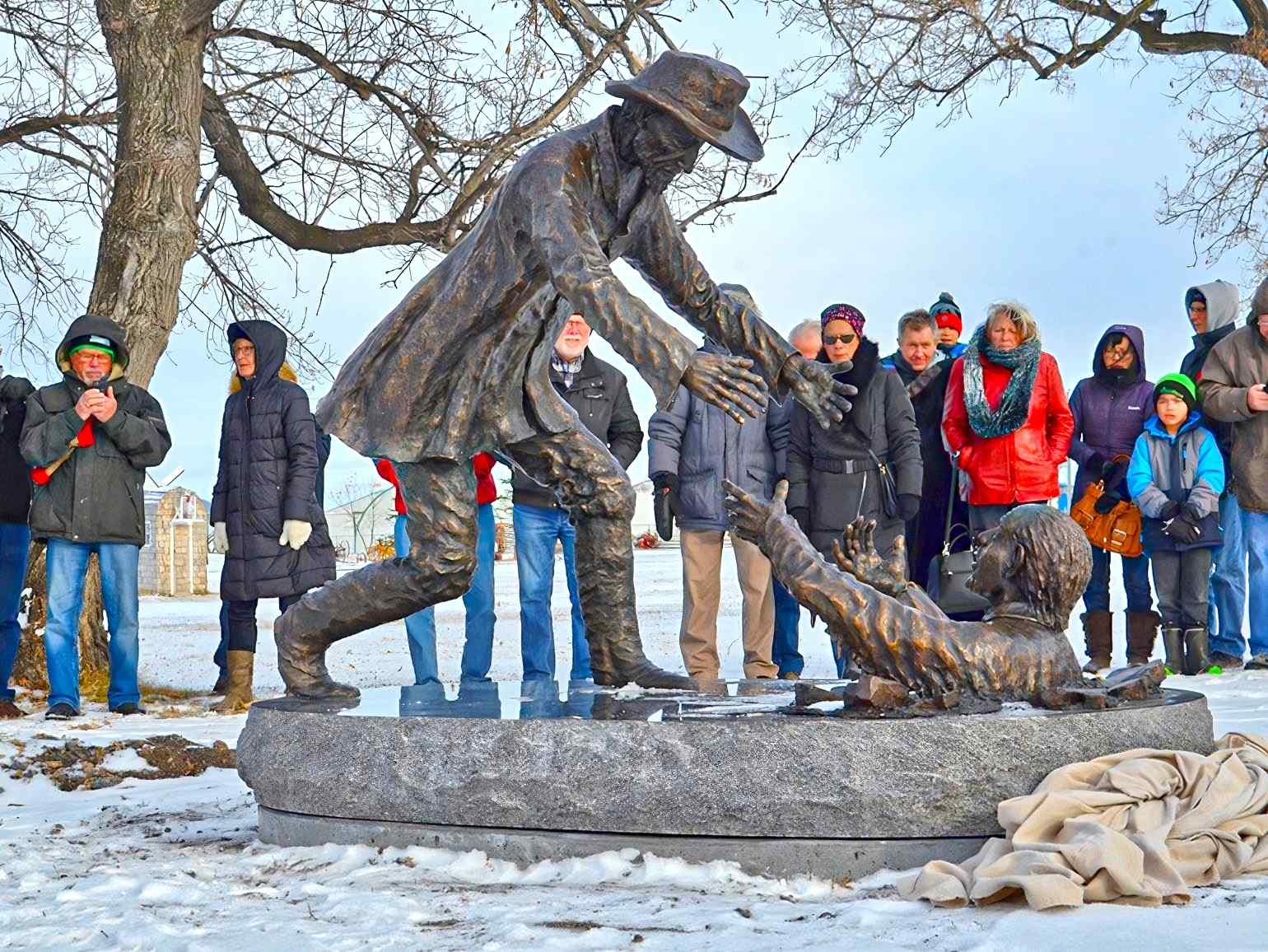
Dirk Willems is seen as a hero in Asperen and is greatly respected by the Anabaptist, Mennonite, and Amish groups. A street in Asperen was recently named in Dirk’s honor.
His life inspired James C. Juhnke to create the book Dirk’s Exodus in 1989.
In 2018, a memorial commemorating his life and actions was revealed at the Mennonite Heritage Village Museum located in Canada. It was sculpted by Peter Sawatzky.
Dirk Willems’ narrative of selflessness stood as a symbol of the persecution of religious dissidents throughout the age of the Reformation and its conflict with the established powers. That is why we still know about his story to this day.
Dirk Willems’ story is significant not because of his religious beliefs but because of his willingness to walk to death in order to rescue his own enemy from certain death.
The Roman Catholic Church (now Dutch Reformed) that condemned Willems to death and the Hondegat Pond are still there today in Asperen. The French used dynamite to demolish the mansion, that once imprisoned Dirk Willems, in the early 1800s during the Napoleonic Wars, but its ruins are still visible. Asperen is now a serene community of roughly 3,000 people.
References
- Bethelks.edu – The original etching by Jan Lurken.
- Dirk’s Exodus: A Historical Drama – James C. Juhnke – Google Books
- Dirk Willems Statue Unveiled At MHV – SteinbachOnline.com


